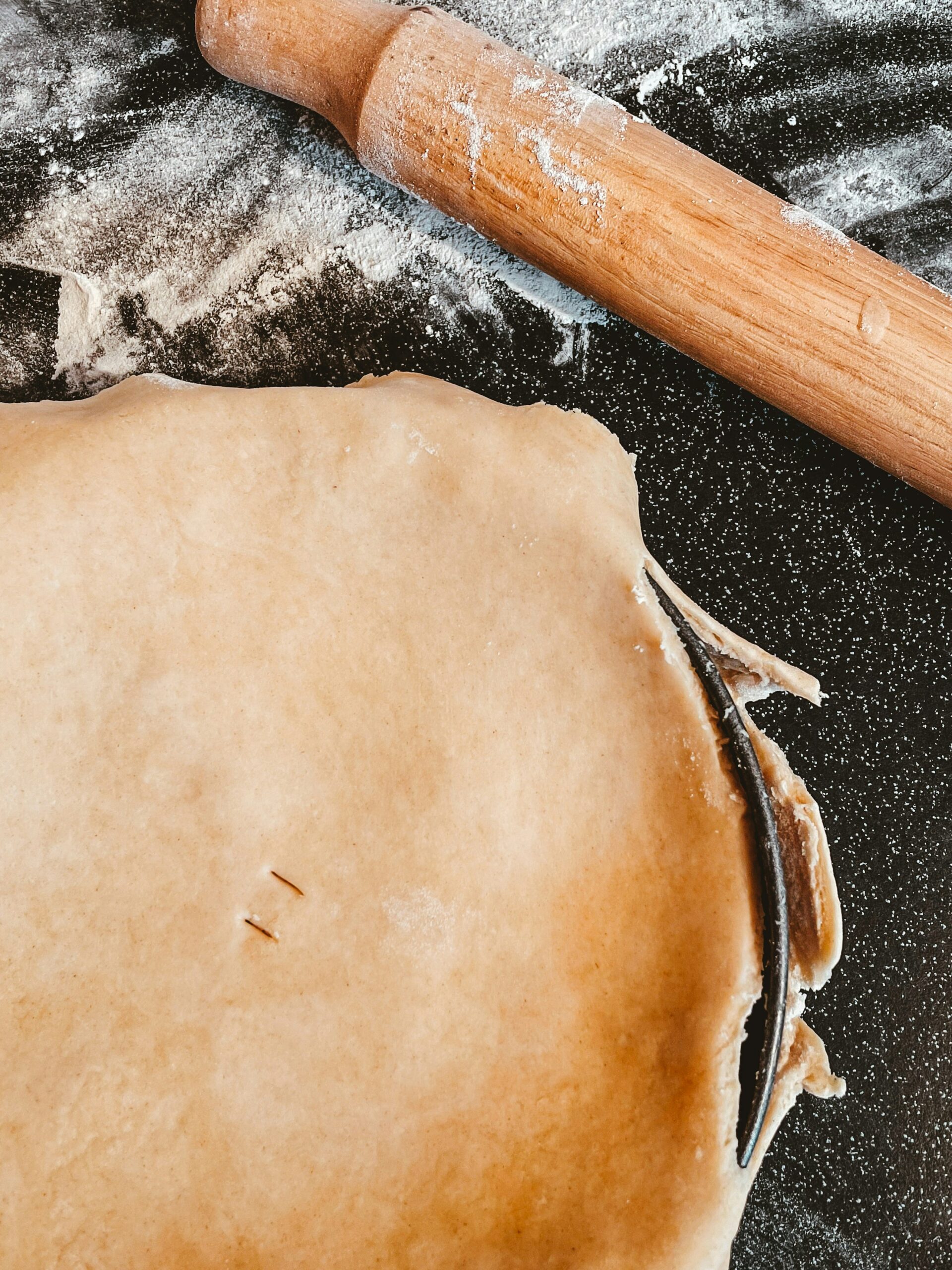Understanding Baking Measurements
Baking is like a science experiment you can eat at the end, and getting those measurements spot on makes all the difference between a culinary homerun and an inedible disaster. Whether you’re a pro in the kitchen or a newbie just getting your hands doughy, nailing down the precise quantity of each ingredient is your secret weapon for creating those mouth-watering treats.
Importance of Accuracy in Baking
When you’re baking, every gram matters. The right amount of each ingredient doesn’t just change the taste; it can morph the way your baked goodies look and feel too. Let’s say you get heavy-handed with the flour; you might just have a brick instead of a cake. Too light, and your cake could end up sad and saggy. Therefore, baking powder and baking soda can be like naughty students; you let them go free-range, and they’ll mess up your recipe’s height and form. Stick to the recipe, and you’ll be munching on goodies that look and taste great.
Conversion of Cooking Measurements
Speaking kitchen lingo can feel like you’ve walked into a foreign film without subtitles, especially when recipes throw in different measuring units like cups, grams, and ounces. It’s key to crack this translation code to hit that recipe sweet spot.
Take “how many grams in a cup of flour?” as an example. Getting this right is essential for that perfect batter balance. Check the cheat sheet below to convert the most common ingredients from cups to grams:
| Ingredient | Cups | Grams |
|---|---|---|
| All-Purpose Flour | 1 cup | 120g |
| Granulated Sugar | 1 cup | 200g |
| Butter | 1 cup | 227g |
Mastering these conversions means you can follow any recipe and also wing it with some freestyle kitchen creations without ending up with a floury mess. If you’re still curious about getting grams from cups or specific ingredient mysteries, click over to our article on how many grams in a cup solid and other helpful reads.
Converting Cups to Grams
Baking doesn’t have to be a guessing game, and getting the measurements just right is the trick to nailing that perfect bake every time. Shifting from cups to grams ensures you’re not overloading or skimping on those ingredients. Trust the science, not the eyeball.
Quick Conversions You Should Know
You don’t need a fancy calculator—just a few basics for turning cups into grams for your go-to baking ingredients:
| Ingredient | 1 Cup (approx. grams) |
|---|---|
| Flour | 120g |
| Sugar | 200g |
| Butter | 227g |
These values are decent starting points. But, heads up! Every type of each ingredient can vary, so keep those detailed conversion charts handy for when you need to get serious.
Examples with Flour, Sugar, and Butter
- Flour:
- Scoop up 120 grams for each cup of flour.
- Sugar:
- Expect to weigh in 200 grams when a cup of sugar’s involved.
- Butter:
- Your average cup of butter will tip the scales around 227 grams.
Armed with these conversions, getting your ingredient weights just right is a breeze. For specifics, do check those charts or guides. Knowing your way around these conversions will level up your baking game, pumping out treats that impress every single time!





